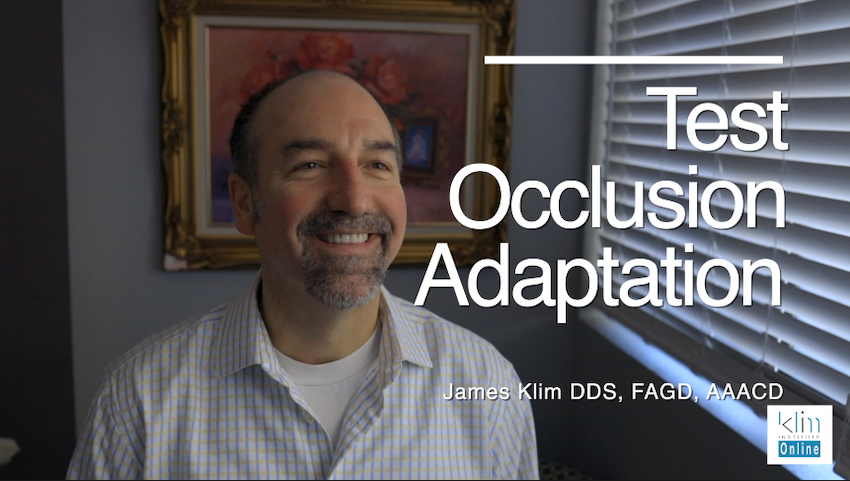Steve shares how he adapted to the fixed transitional occlusion onlays and veneers.
When changing a vertical functional dimension, verifying the patient’s adaptive capabilities with a removable splint is clinically safe, followed by fixed transitional onlays and veneers before moving into the final restorative phase.
Measure this phase by interview questions and clinical response to the transitional bite. A successful adaptive occlusion will exhibit a clinical environment free from tooth, joint, and muscle pain. The patient needs physiologic imprinting and emotional closure before moving to the restorative phase.
The fixed transitional occlusion time phase can vary for each patient. The average clinical orthotic phase is 3-6 months. The bottom line is that the patient should be free and clear of jaw-related symptoms and occlusal stability with the transitional bite before starting the restorative phase.


